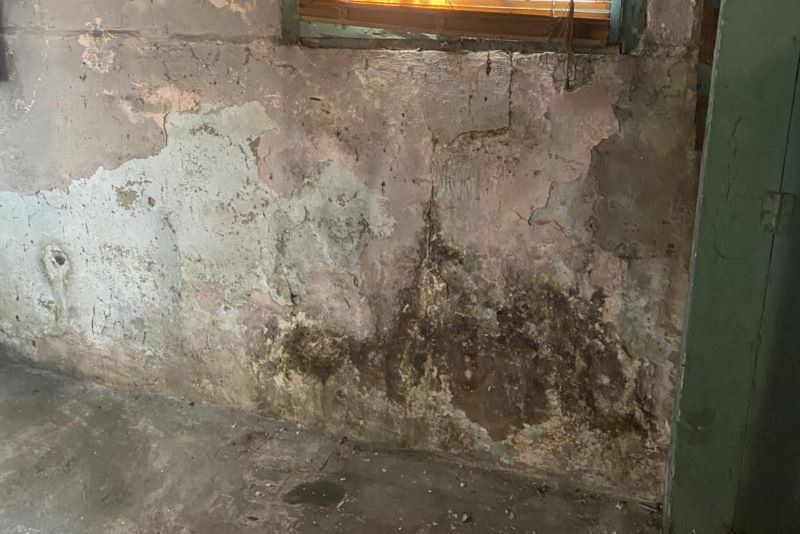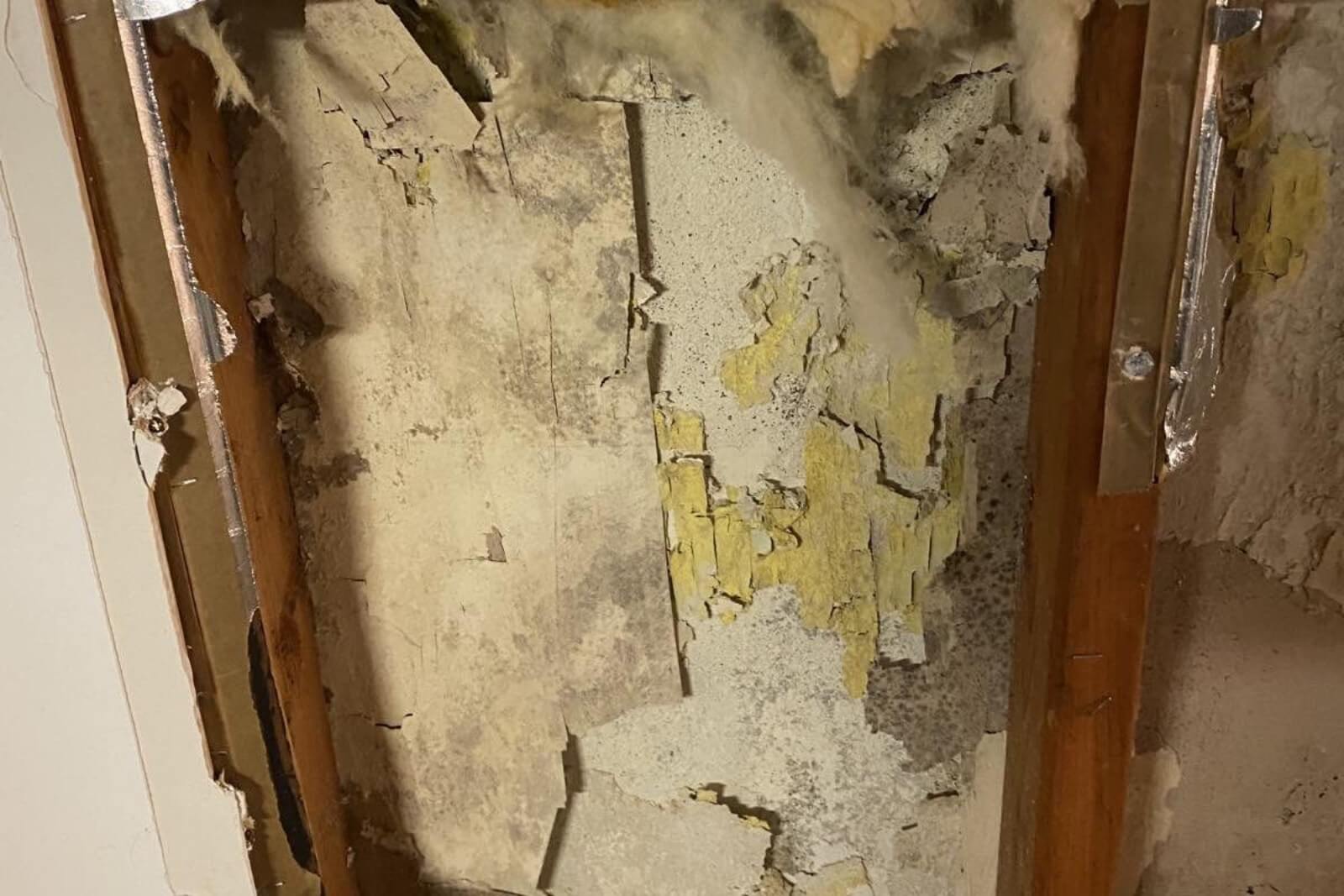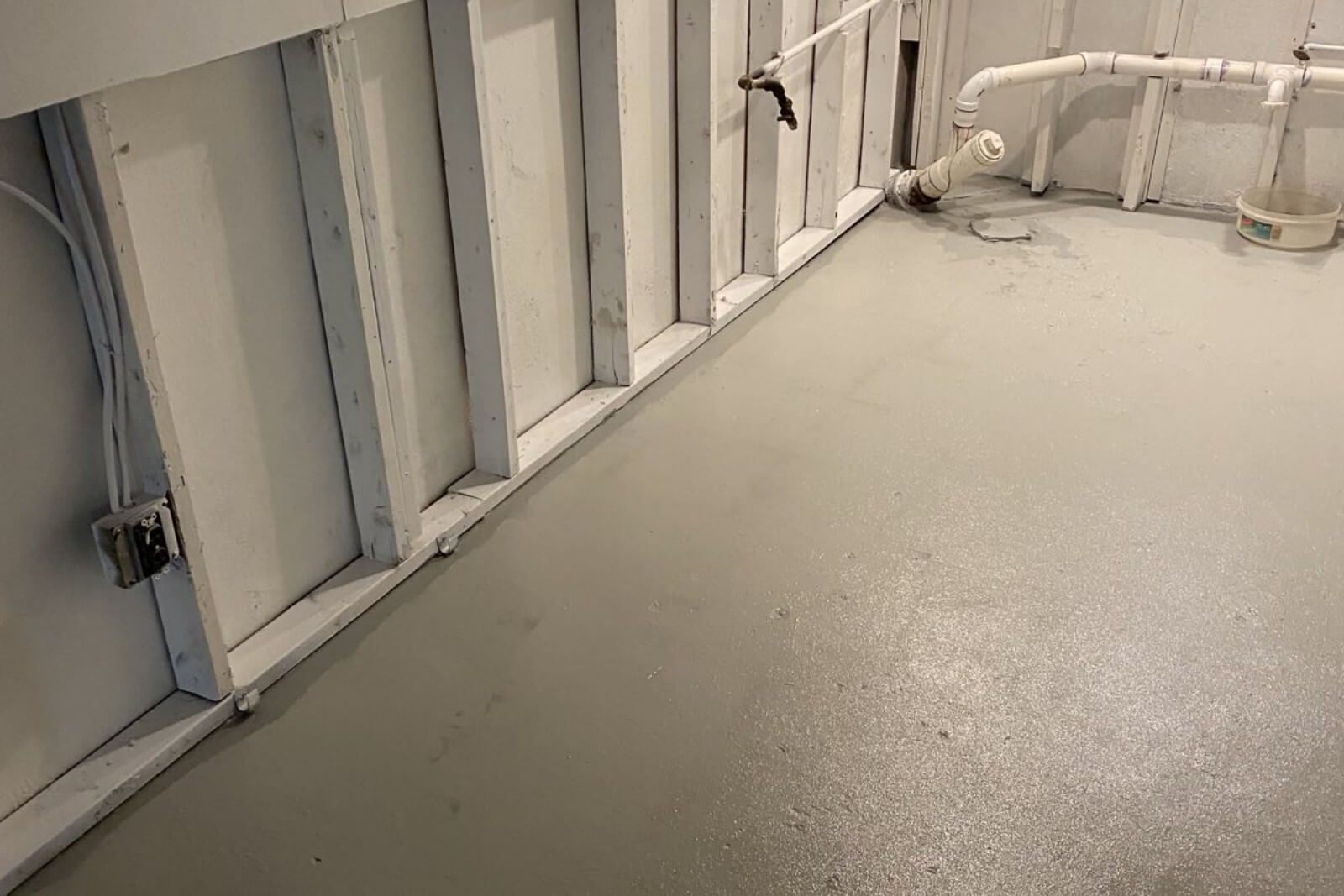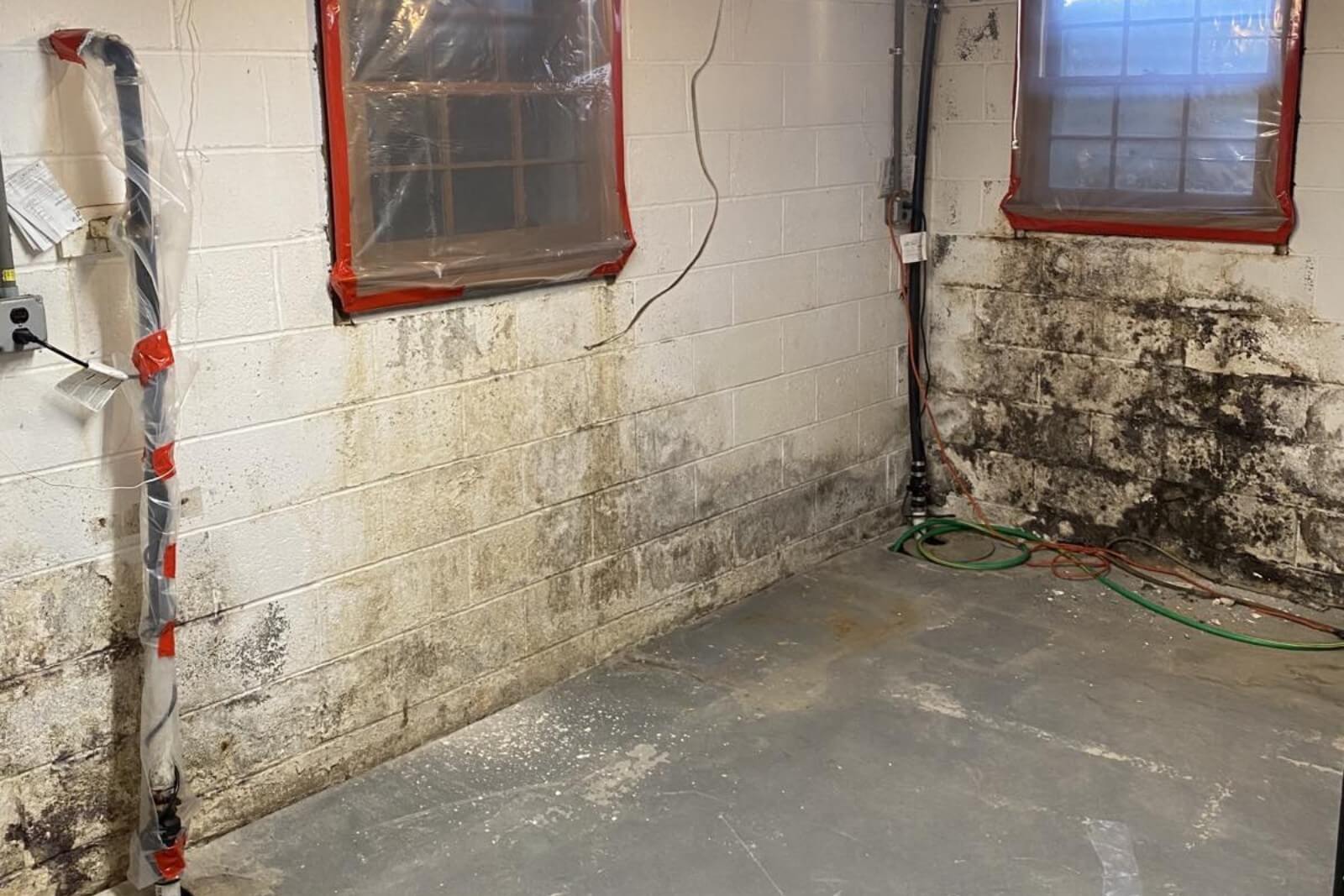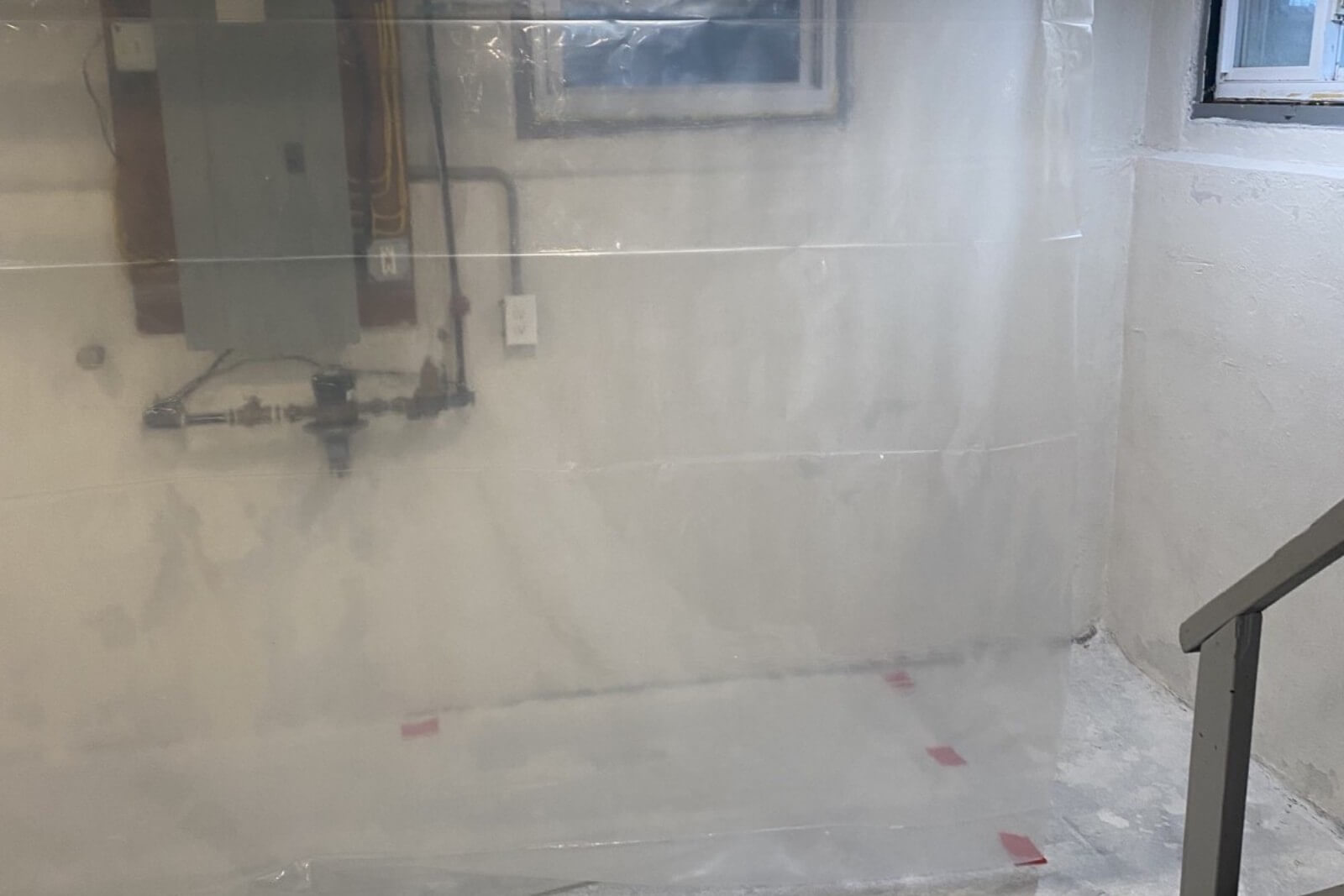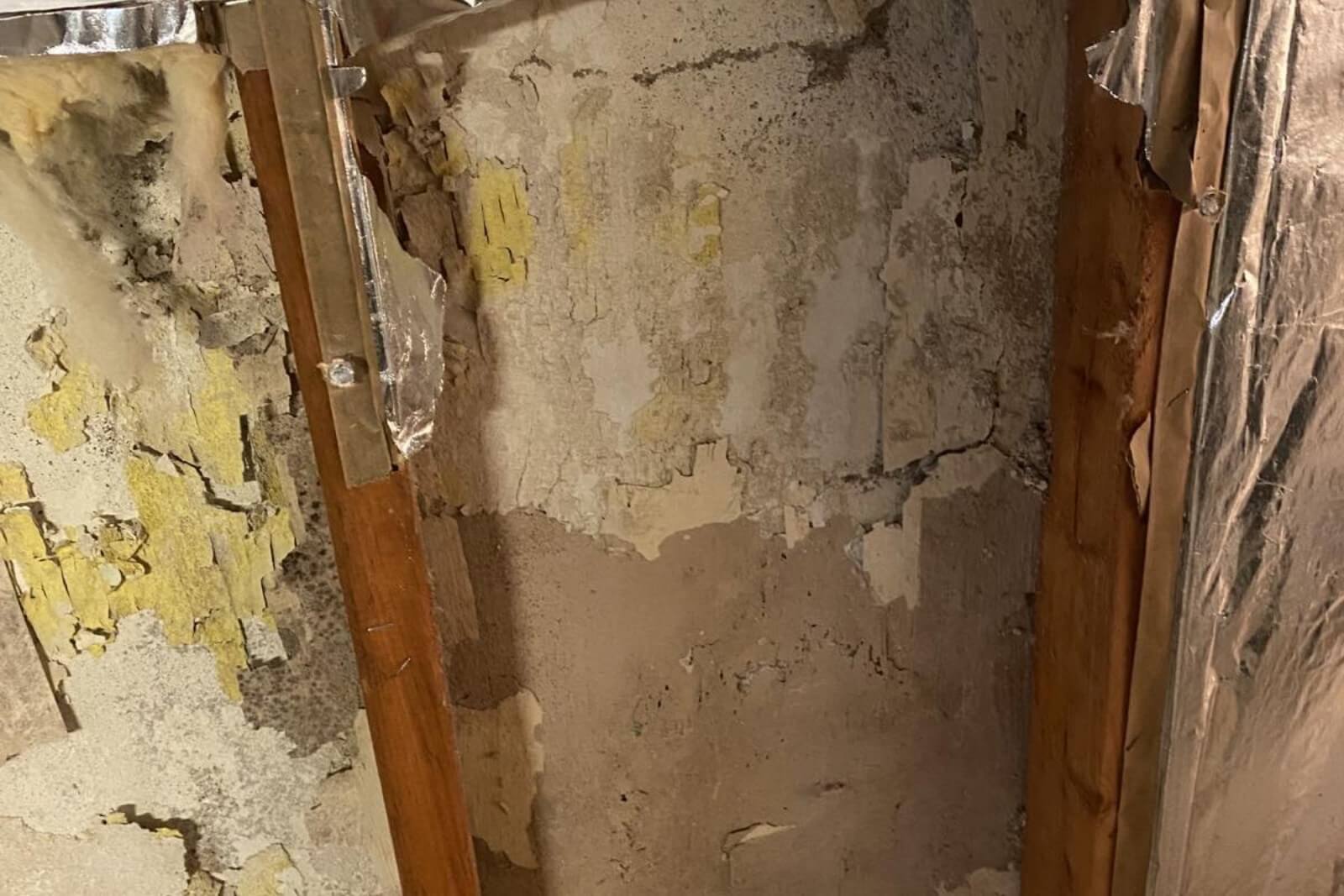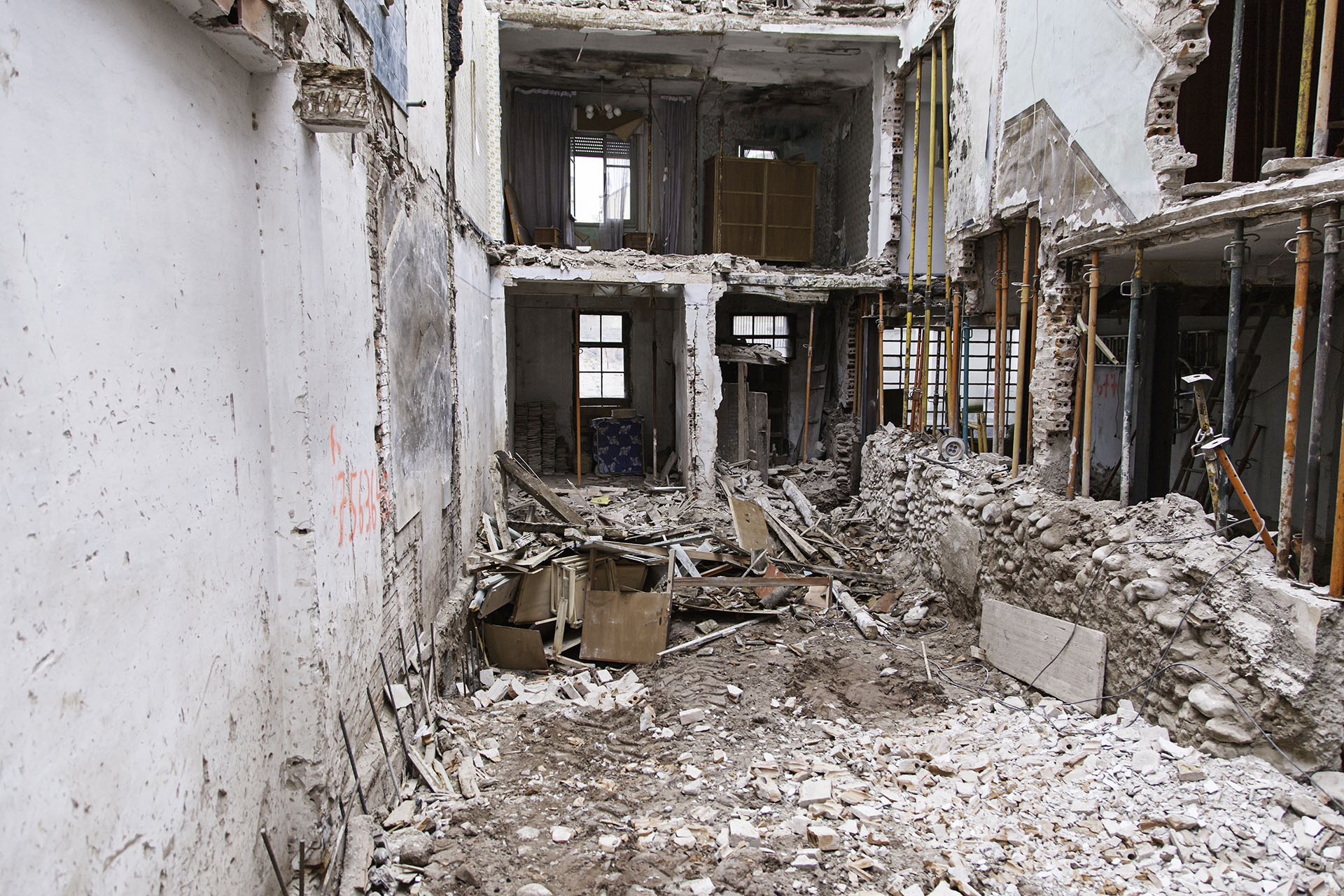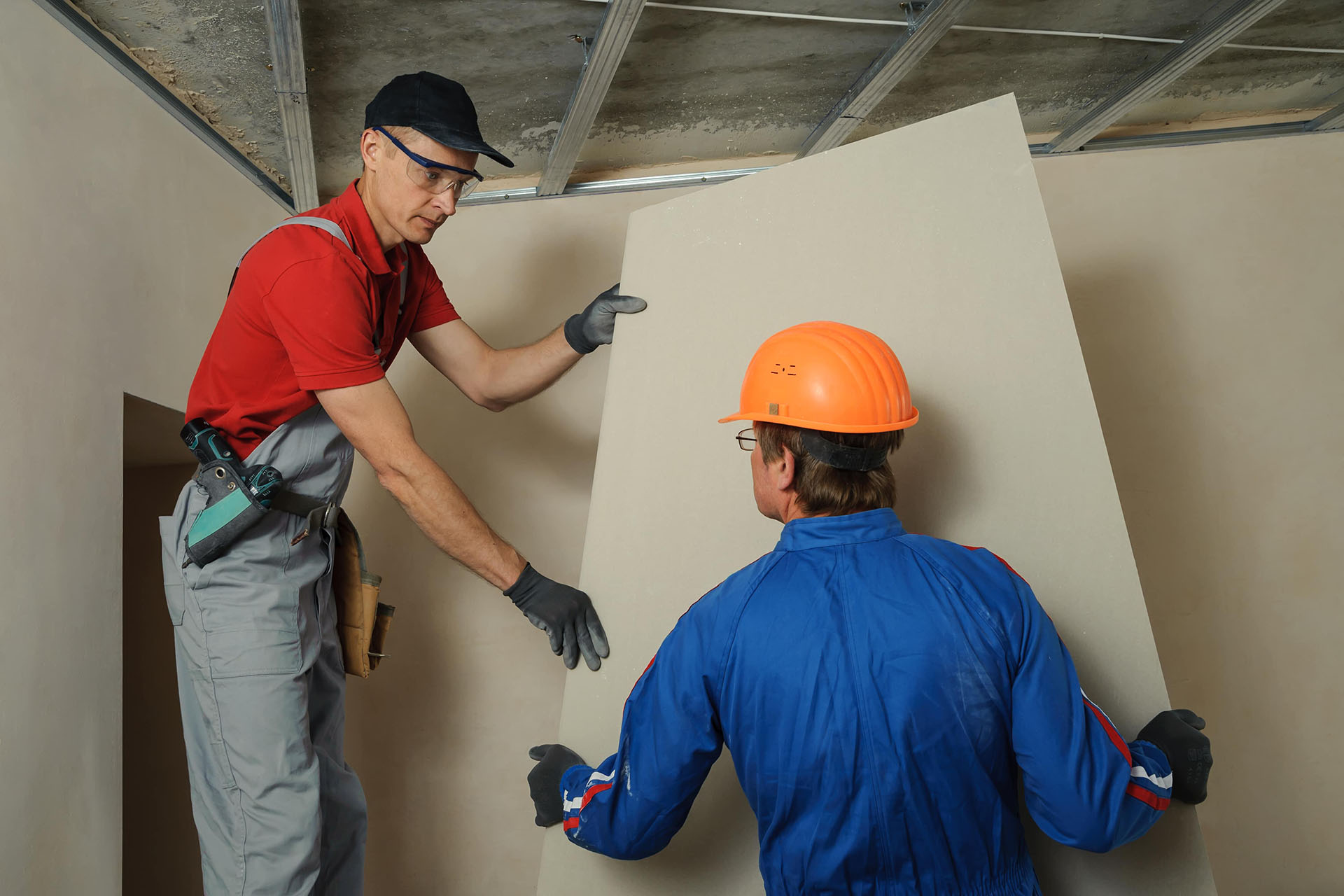Jul 04 2025 02:06h
Top 7 Signs You Might Have Mold in Your Home (Before It’s Too Late)
Introduction: Why Early Mold Detection Matters
Mold is more than just an eyesore—it’s a silent threat to your home and health. Left untreated, mold can cause respiratory issues, structural damage, and even lower your property’s value. If you live in a humid area like New Jersey, where basements, attics, and crawl spaces are common, early mold detection is crucial. In this article, we’ll uncover the top 7 signs of mold in your home and explain why you shouldn’t ignore them.
1. Musty or Earthy Odor That Won’t Go Away
One of the first and most common signs of mold is a persistent musty smell. This odor is especially noticeable in enclosed spaces like basements, bathrooms, or HVAC systems. Even if you can’t see visible mold, that earthy scent could be an indicator of hidden growth behind walls, under carpets, or in air ducts.
💡 Pro Tip: If guests notice the smell before you do, it's time to schedule a professional mold inspection.
2. Visible Spots, Stains, or Discoloration
Not all mold is black. Mold can appear in various colors—green, white, gray, or even orange. These spots often show up on:
-
Walls or ceilings (especially around windows and bathrooms)
-
Grout lines in tile
-
Wooden surfaces and baseboards
If you notice new or growing discoloration, it’s time to investigate.
🛑 Do NOT try to paint over mold—it will continue growing beneath the surface and eventually resurface.
3. Increased Allergy Symptoms Indoors
Mold spores are airborne and can cause or worsen allergies, even in individuals who aren't typically sensitive. If you or your family members experience:
-
Sneezing
-
Runny nose
-
Coughing
-
Itchy eyes
-
Asthma flare-ups
…especially when indoors or in specific rooms, mold could be the culprit.
🧬 Fact: The EPA confirms that mold exposure can trigger asthma attacks and allergic reactions, especially in children and the elderly.
4. Warped or Bubbling Walls and Paint
When moisture gets trapped inside drywall or wood, it can cause materials to warp or paint to bubble. This is a sign of a moisture problem, which often leads to mold. Keep an eye on:
-
Wall surfaces that feel damp
-
Paint that’s peeling or blistering
-
Warped wood panels or flooring
Moisture is mold’s best friend, and these subtle structural changes often signal its presence.
5. Past Flooding or Water Damage
If your home has experienced flooding, roof leaks, or pipe bursts in the past, it is at higher risk for mold growth. Mold can begin to form within 24 to 48 hours of water exposure, especially if materials weren’t completely dried or professionally remediated.
Even if the area looks dry now, mold can still grow behind walls, under flooring, or inside insulation.
🔍 Have a professional check previously flooded areas, especially if there’s a persistent odor or discoloration.
6. Condensation on Windows or Pipes
If you often see condensation on interior windows, pipes, or walls, it may indicate high indoor humidity—a key contributor to mold growth. This is especially common in bathrooms, kitchens, and basements.
Where there’s condensation, there’s moisture. And where there’s moisture, mold isn't far behind.
✅ Tip: Use dehumidifiers in problem areas to keep relative humidity below 50%.
7. Peeling Wallpaper or Loose Tiles
When moisture seeps behind wallpaper or tile, it can loosen adhesives and create pockets of trapped humidity—ideal for mold growth. If wallpaper is:
-
Curling at the edges
-
Bubbling in the middle
-
Discolored underneath
…it may be hiding mold. The same applies to loose or shifting tiles in your bathroom or kitchen.
🧽 Check behind compromised wallpaper or tiles to see if mold is present before reapplying new materials.
What to Do If You Suspect Mold
If you’ve noticed one or more of the signs above, don’t wait. Mold doesn’t go away on its own—it spreads, damages surfaces, and worsens indoor air quality.
✅ Your Next Steps:
-
Schedule a Professional Mold Inspection – Visual and air quality testing can confirm the presence and extent of mold.
-
Avoid Disturbing the Area – Disturbing mold can release more spores into the air.
-
Call a Licensed Mold Remediation Company in New Jersey – Certified professionals can safely remove mold and prevent it from returning.
Why Choose Professional Mold Remediation?
At MN Restoration, we provide comprehensive mold remediation services in New Jersey, including:
-
Certified mold inspection and testing
-
Safe and thorough removal
-
Moisture control and prevention solutions
📞 Call us today at 973-883-5645 or email us at mnrestorationnj@gmail.com to schedule your free mold assessment.
Conclusion
Mold is sneaky, silent, and destructive—but with early detection, you can stop it before it causes real damage. Whether it’s a strange smell, new stains, or worsening allergies, the signs of mold are often hiding in plain sight. Don’t wait until it’s too late—take action now to protect your home and your health.
